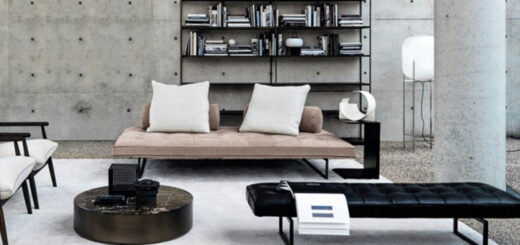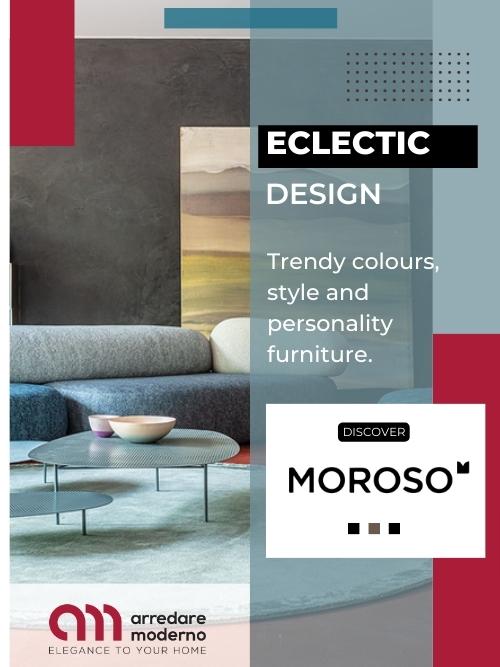Guide to Light Design and the Light Designer Profession
The Light Designer is a true lighting professional. He is an expert in lighting systems who not only takes care of the lighting system from a functional point of view, but also from an emotional point of view.
A Light Designer is able to communicate precise feelings through the skilful use of light. The professional Lighting Designer ensures efficiency and dynamism and perfect harmony within domestic, commercial and other spaces, because he knows light not only from a technical, but also from a material and practical point of view.
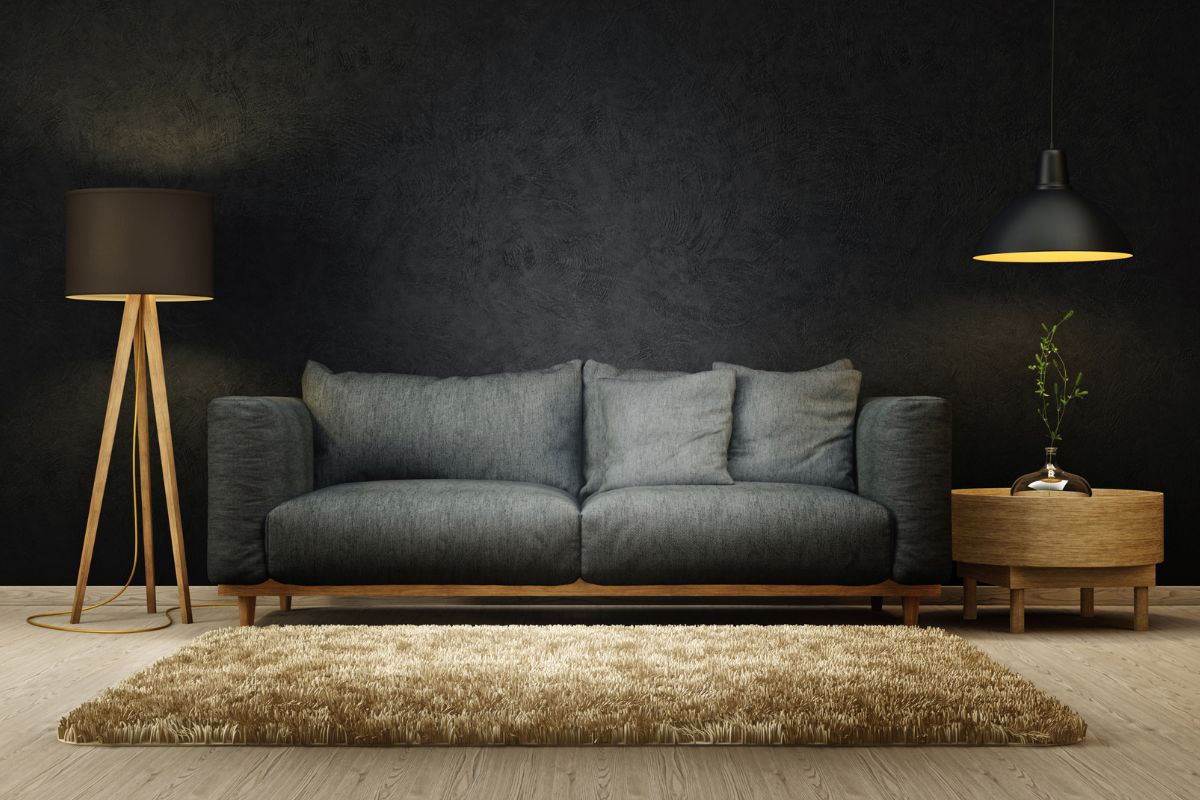
Guide to Light Design and the Light Designer Profession
Light design or lighting design: what is it?
Light design, or also lighting design, is the process of devising and designing lighting systems for domestic, urban, artistic, film or television purposes. It is based on the concepts of lighting engineering, architecture, optics and colorimetry. Light design or lighting engineering is a specific field of design that deals with the management of light.
Light design embraces the creative and design process of a lighting system.
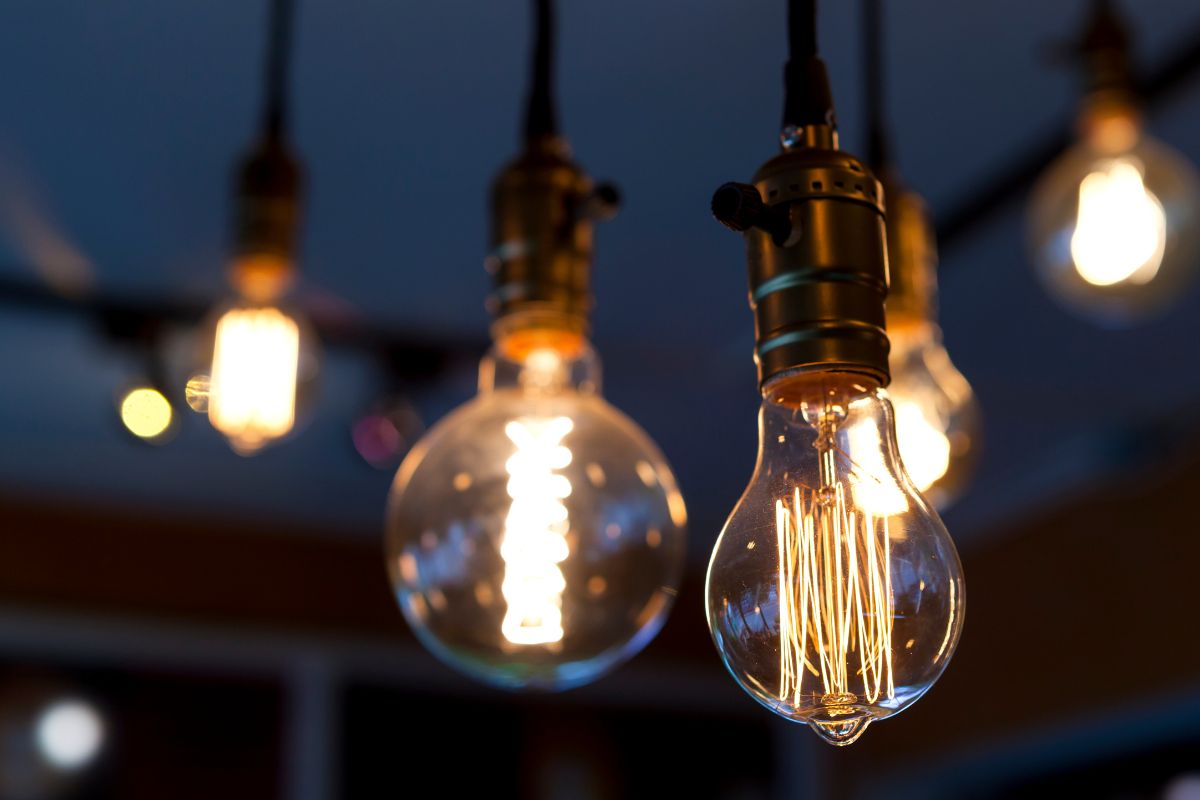
Guide to Light Design and the Light Designer Profession
Light Designer: who is he and what does he do?
Furnishing a home is an important process and certainly not a quick and intuitive one. It embraces fundamental choices for optimal living space. This is why over the years it has become increasingly customary to rely on competent and specialised figures such as interior designers. Today, the Light Designer enriches the circle of home design professionals.
The Lighting Designer does not only deal with domestic but also with professional lighting installations. It is clear that bars, restaurants and shops also need a professional lighting system that entices customers to come in, feel comfortable and buy or consume. The Light Designer therefore works in public and private premises, but also in the television and film sectors.
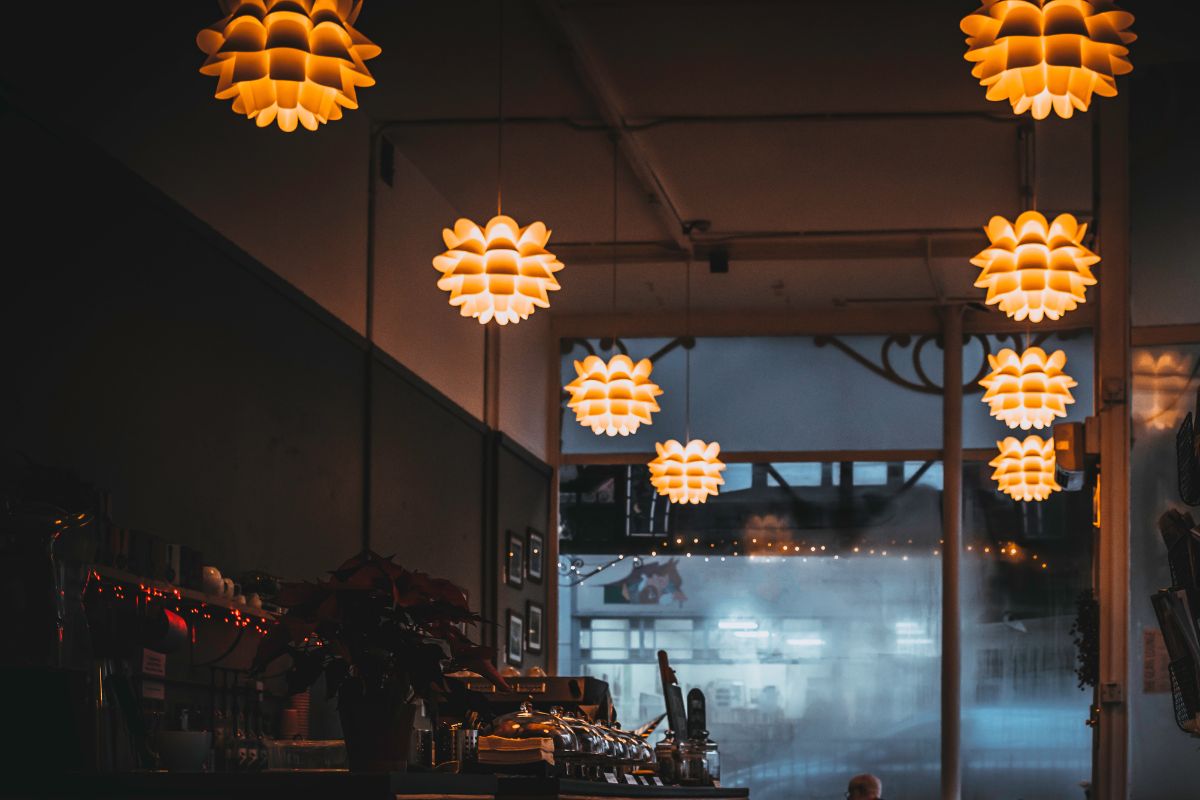
Guide to Light Design and the Light Designer Profession
The Lighting Designer is therefore the professional who is responsible for coordinating the lighting design of a given interior or exterior space. He works together with a team of professionals to enhance the space he is going to illuminate.
The light designer is therefore not a lighting technician, but is responsible for the creation of a project by studying every single detail. The lighting technician, on the other hand, will place the cables and lights, operate the system and thus bring the lighting designer‘s project to life.
It is clear that the professional lighting designer of a space does not only deal with artificial light by choosing the most suitable lighting solutions, such as the Flow KDLN Kundalini pendant lamp, but by working with natural light and making the most of it, he manages to create a perfect combination of the two.
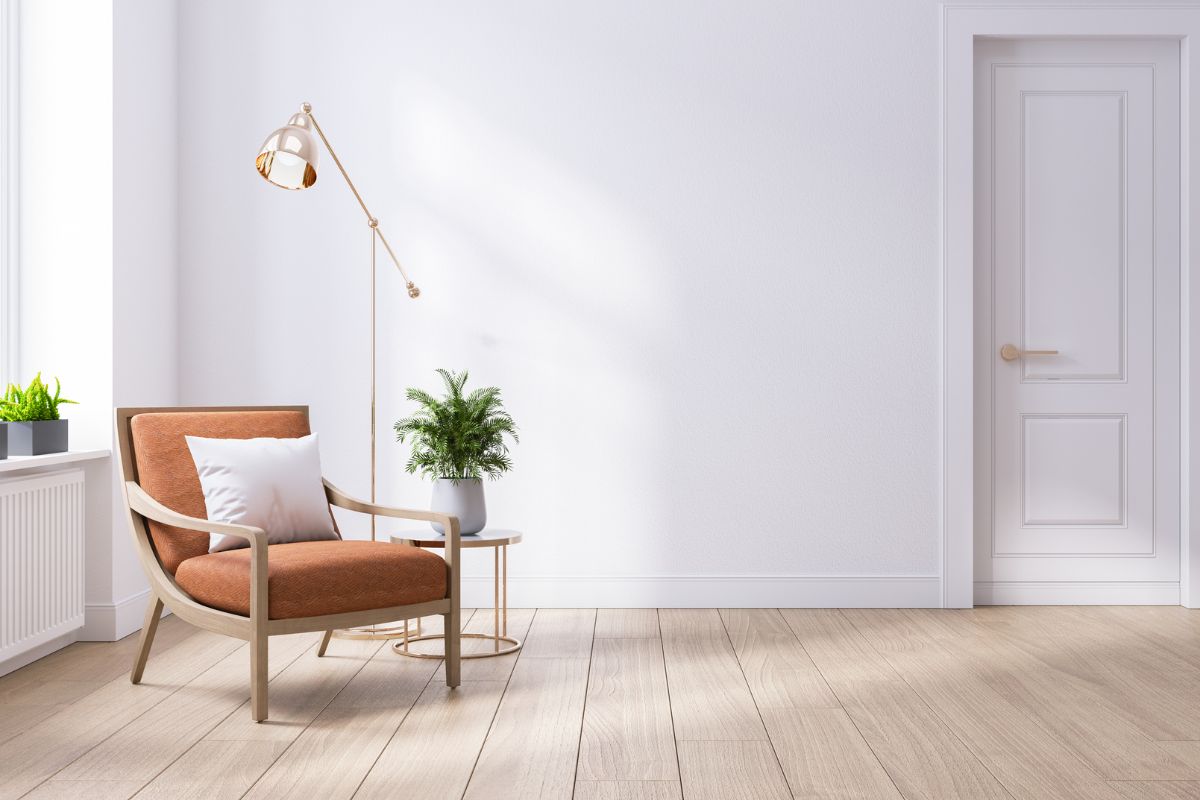
Guide to Light Design and the Light Designer Profession
What should the skills of a good Light Designer be?
A professional Light Designer must have certain requirements and skills in the fields of physics, lighting technology and optics in order to be able to understand the influence of light in the space in which he works in order to create the best, therefore most appropriate, lighting system.
Thanks to his ability to effectively use lighting calculation software (which measures light intensity, colour, direction, light beam width) he is able to assess, select and position lights accurately, in strategic and well thought out locations.
It is thanks to his skills that the Lighting Designer is able to guide the choice of lights capable of creating functional and evocative, dynamic and original spaces, dressing each individual need and personality to perfection.
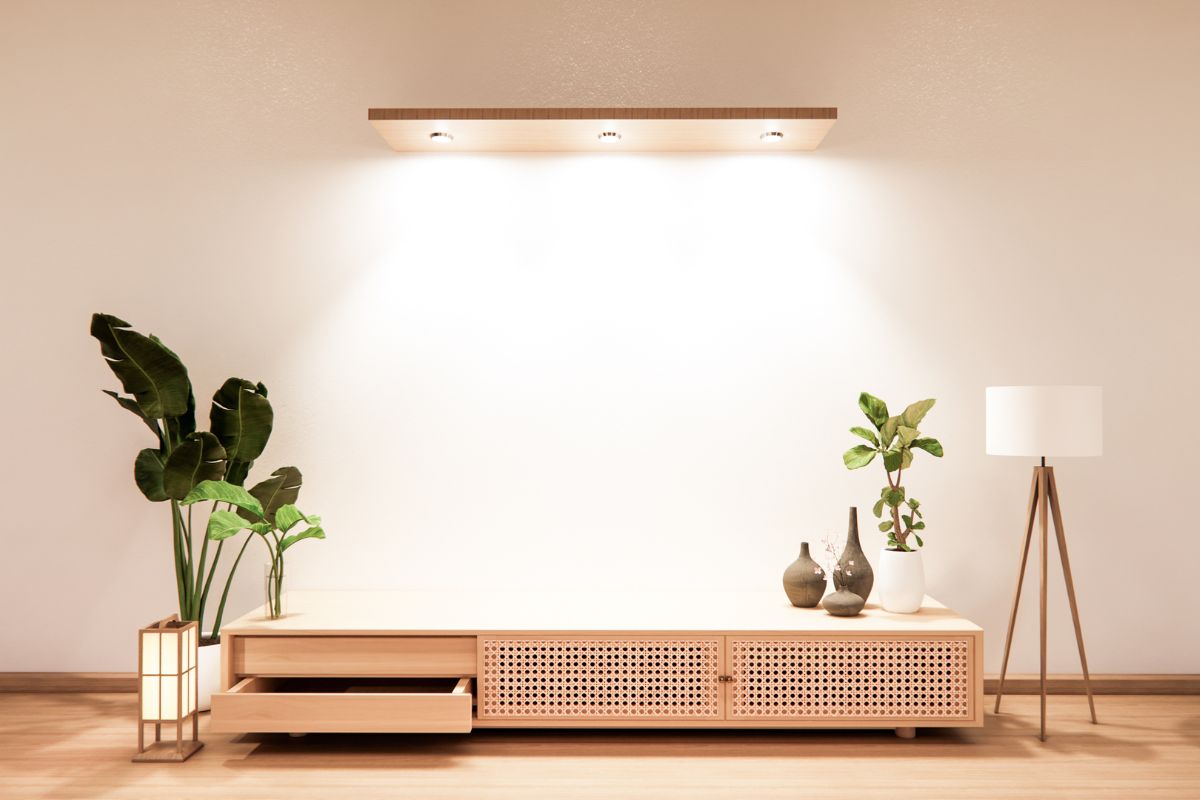
Guide to Light Design and the Light Designer Profession




